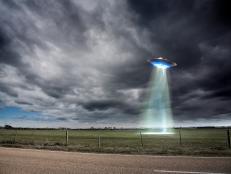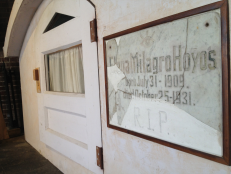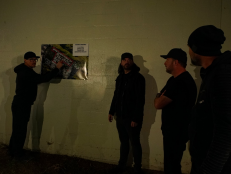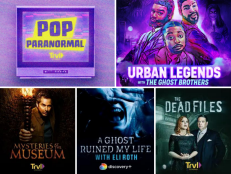How to Travel Across America and Camp for Free
A campsite could cost you $25 to $60, or nothing at all.
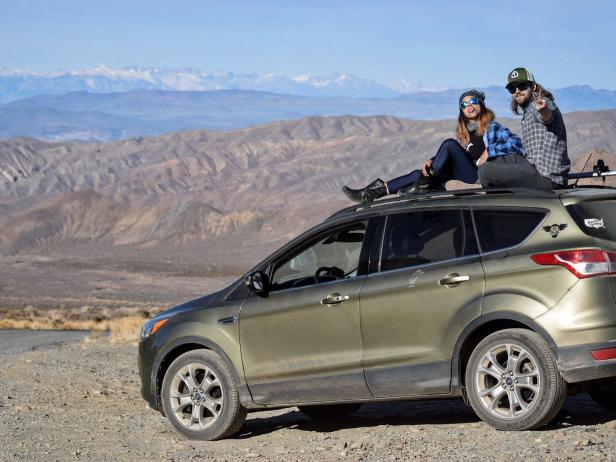
Joe Sills

A low flame crackled over Mount Shasta. In the distance, its snow-capped peak gleamed in defiance, more than 14,000 feet above the California summer below. The view came unfiltered and unhindered from a campsite perched high on the mountain’s slopes—and it came courtesy of the United States government, for free.
About eight million people camp in U.S. national parks each year. Every day, outdoor adventurers pitch tents and park RVs at places like Yosemite Valley, the Grand Canyon and the Great Smoky Mountains. From coast to coast, each camp carves out a little slice of America all its own, if only for a night or two. At most of these parks, the views are incredible, the camp areas are clean, and you can usually grab a shower and a snack somewhere nearby.
However, first-time campers may be shocked to know all of those amenities come at a cost, literally. A reserved campsite in a U.S. national park can cost anywhere from $25-$60 per night.
For budget travelers, that means camping in a national park can be expensive. Fortunately, there’s an affordable workaround for people who want to sleep under the stars without denting the pocket book. Believe it or not, the solution starts in Washington, D.C. There, the federal government holds the keys to 640 million acres of land.
And here’s the dirty secret—Uncle Sam will let you spend the night on most of it for free.
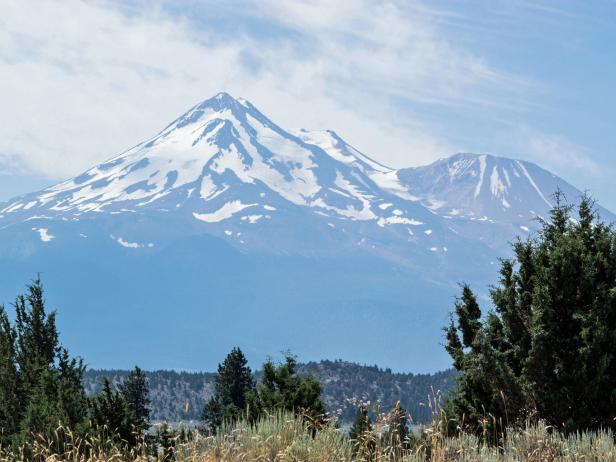
Joe Sills
How to Find Free Campsites
With hundreds of millions of acres in land to manage, the federal government divides land management responsibilities up into several departments: The National Park Service, U.S. Department of Agriculture (USDA), U.S. Forest Service, and Bureau of Land Management (BLM), U.S. Fish and Wildlife Service and US Army Corps of Engineers to name a few.
You can throw out most of those names, BLM and the U.S. Forest Service lands are where you want to look.
“It’s a secret that not a lot of people know about unless they live near one,” says former U.S. Forest Service environmental scientist Mark Daniels, Jr. “There are designated campsites all over national forests and BLM land. These are wild, beautiful places that you can usually camp at for free.”
But how do you find free campsites on federal land?
My mid-summer’s perch on Mount Shasta was one such campground. Over the course of three months, I’d spent the summer charting a 16,000-mile route from Tennessee to Seattle, living out of a tent to see all of the Land of the Free that I could see.
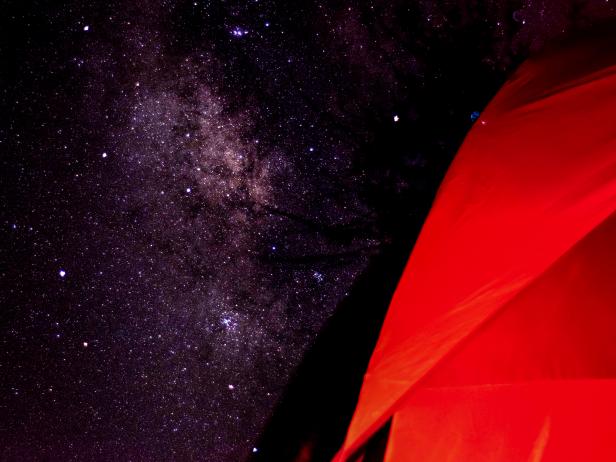
Joe Sills
A few weeks in, I’d learned some tips for finding spectacular campsites for free:
1. Take the scenic route. You’re unlikely to find campsites along major interstate highways. Instead, plan to take the scenic route along America’s original highway system. U.S. highways often followed old road beds—some dating to before the signing of the Constitution—and they will often take you through the heart of national forests and BLM lands.
2. Google, Google, Google. The internet is full of information about free campsites, but once you think you’ve found one, keep searching. Many campsite reviews are dated, and the rules or the land may have changed since the first search listing was created.
3. Use an app. Adventure travel apps abound in the age of Instagram, and if you plan to search for campgrounds using social media, I’d recommend utilizing an app such as The Outbound or AllTrails instead of Instagram, where tent photos can be completely misleading.
4. Ask a ranger. Park rangers are typically some of the friendliest folk you’ll find in the wild. In addition to being a potential resource for designated campgrounds, they can sometimes tell you where to find dispersed camping. If you’re alone, it’s also smart to let someone know where you’ll be, and nobody knows wild terrain better than the people who work there.
5. Be prepared for anything. Once you think you’ve found a campsite, be prepared for adversity when you arrive. Give yourself extra daylight to find a backup site in case the site you found is already occupied. If you plan to eat at your camp, bringing along a camp stove in addition to your firewood is a good idea, just in case there’s a burn ban where you put down roots. And, while you will occasionally find a free campsite with a pit toilet, be prepared to handle all of your household duties without the luxury of a restroom or running water. This shouldn’t be a huge obstacle, since anyone driving long distances and planning to camp should have several gallons of water and an emergency role of toilet paper just in case.
BLM and U.S. Forest Service lands aren’t the only places to find free camping in the U.S. Some national parks do offer free campgrounds. These areas are typically far off the beaten path, and it’s best to consult a ranger for current campground conditions. (I scored a free spot in Death Valley National Park at a campground that was normally closed for snow, thanks to a friendly ranger.) Also, it goes without saying, but every camper should leave a site as clean or cleaner than they found it.
For some, saving $20-40 on a campsite might not sound like a big deal. But if you’re traveling across the country, those dollars add up to miles and memories, and scoring a free campground can help you add up more of both.








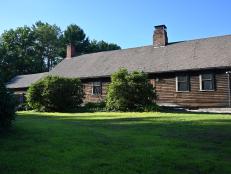
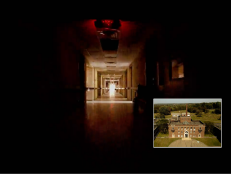

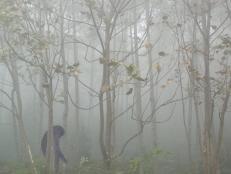
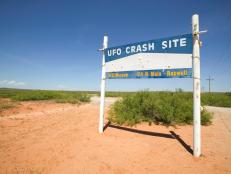


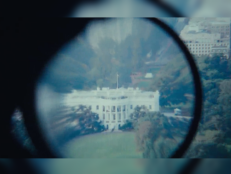


.jpg.rend.hgtvcom.231.174.suffix/1674758726773.jpeg)






